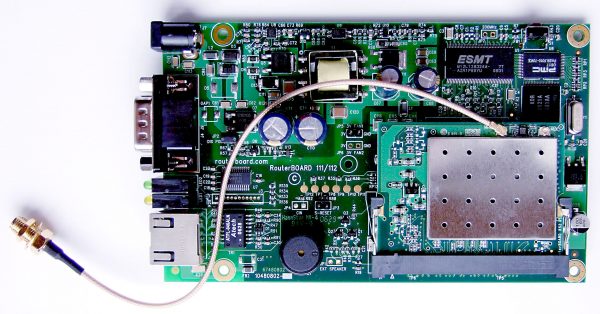Embedded system is a small, specialized computer that is integrated in the device that it controls. Embedded systems have become an integral part of modern life, even if they are not visible from the first sight. Nowadays, embedded solutions are developing very rapidly. These systems are widely used in automobile industry, military and aerospace technology, telecommunications and data processing, industrial and consumer electronics. Today, the embedded systems industry has become so diverse that it penetrated both the consumer and the industrial markets. Automation of production at enterprises is not complete without the logic controllers and CNC. Industry trends are the same as on the consumer market – maximum mobility, usability and productivity.

Nowadays, given that the development of modern technologies allows placing greater production capacities in smaller volumes, an approach to electronic devices creation becomes even more intelligent. Embedded systems, wireless technologies and cloud technologies also facilitate the establishment of links between various devices and server applications.
From home appliance such as Blu-Ray players, to industrial equipment such as network devices and medical equipment, embedded technology has become an integral part of our every day life. Embedded software creates our world. Many of the devices that work with the help of embedded systems use Linux as the operating system. However, except Linux, there are another operating system designed specially for embedded systems. Nowadays the world market of embedded systems is estimated at 170 billion dollars, with an annual growth of 10%. With the number of automatic devices and the need for them, from the side of users, the amount of embedded software is growing at 10-20% per year, depending on the application area. The number of embedded microprocessors is more than 98% of total manufactured microprocessors, and their total capacity is much greater than the total capacity of the computers used in the IT-industry.
In recent decades, the embedded software growth rate accelerated. For example, new cars now have from 20 to 70 electronic components with more than 100 million embedded software commands. With decreasing cost of microprocessors and memory, the number of applications based on embedded software increases. In the past few years, the increasing requirements for applications functionality led to the emergence of large and complex embedded systems. With the increasing number and complexity of these systems, various aspects of embedded applications are required to meet a higher level of reliability and stability.
It can be assumed that almost all modern computer (digital) technologies are potentially embedded. This potential is realized in practice in the form of embedded systems under the following conditions – technical and economic feasibility of system integration. This integration should provide improved technical characteristics, cost reduction, reduction of human labour in the manufacture and operation of the product, or any other benefits. As noted above, embedded systems are now used in almost all spheres of human activity. And expanding capabilities of modern micro-and nano-electronic technologies open up new and promising spheres of embedded systems applications.
D.Tokareva for http://www.sam-solutions.com/ software development company focusing on Embedded Linux Solutions



